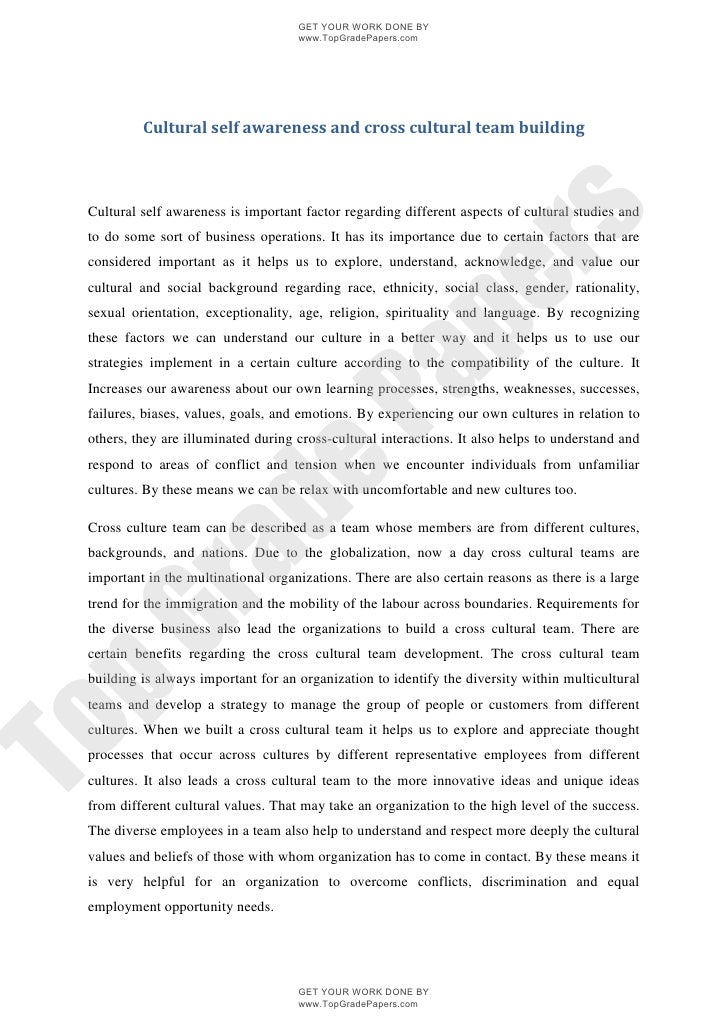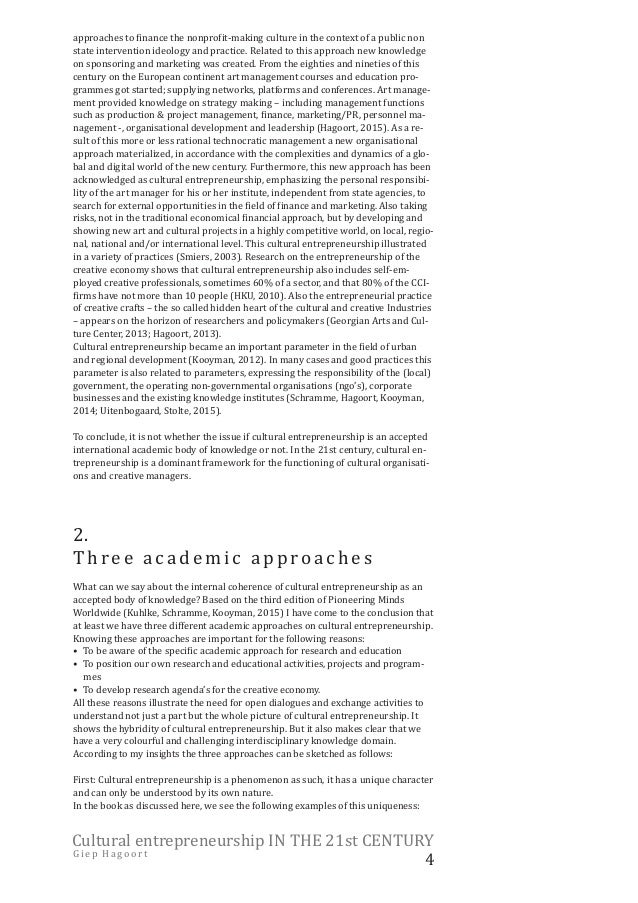Reflection Paper On Cross Cultural Experience - seems me
CPAs can no longer afford to keep their head in the books—collaborating effectively across cultures is a core requirement of the job. For audit firms working with First Nations communities this challenge can be particularly pointed. First Nations communities must publish consolidated financial reports annually, in a process designed to ensure transparency and accountability to their members. Yet, a new study questions the role audit firms play in this. As a result of community disengagement with the audit process, some First Nations communities rely heavily on auditors to produce their financial statements, in some cases decades into their relationships with audit firms. This often leaves auditors in the difficult position of having to both produce and audit the same statements, a practice that not only undermines the auditors' independence but also exposes the profound lack of meaning and adequacy of financial reporting requirements on Indigenous communities. Cross-cultural adaptability needed to counter audit biases For the auditors involved, most are curious and open-minded at the beginning of an engagement, but fatigue, tension, and a lack of mutual understanding often lead them to adopt a more relaxed and casual attitude as the engagement progresses. But the process can also be positive, when auditors change their behaviour to bridge the cultural chasm. Reflection Paper On Cross Cultural ExperienceConsider: Reflection Paper On Cross Cultural Experience
| WOMENS ROLE IN ATHENIAN DEMOCRACY | 873 |
| Hamlet Motivates Character Analysis | John F. Kennedys Inaugural Address Essay |
| AIR CONDITIONING AT HOME ESSAY | Advanced Counselling Theories: Psychodynamic Psychotherapy |
| THE ILLUMINATI: THE ILLUMINATI CONSPIRACY THEORY | Nude Descending A Staircase: Marcel Duchamp |
Reflection Paper On Cross Cultural Experience - think
Your task is to provide a guide to 10 locations for an extended cross country trip that begins at the Whitney Museum of American Art in New York City which holds 12, works of art by nearly 2, artists and ends at the J. Paul Getty Museum in Los Angeles. I have provided you with a list of 20 museums from which to choose. Please note, they are neither listed in alphabetical order nor proximity to each other. It will be important for you to carefully plan your itinerary so that you can provide the most direct route from place to place.The conceptual framework offers a typology of semiotic resources used to create items and discusses item representational complexity—the multiple ways in which the semiotic resources of an item are related to each other—and item semiotic alignment—the extent to which examinees share cultural experience encoded by items.
Elderly Care: Family and Government Should Work Together Essay
Semiotic test design allows specification of optimal pools of semiotic resources to be used in creating items with the intent to minimize representational complexity and maximize semiotic alignment for the maximum number of individuals in diverse populations of examinees. These pools of semiotic resources need to be specific to the content assessed, the characteristics of the populations of examinees, the languages involved, etc. Introduction Current views of Reflection Paper On Cross Cultural Experience as evidentiary reasoning emphasize the importance of systematic approaches for determining the numbers, formats, and features of items or tasks that are to be used in assessing a given domain of knowledge Martinez, ; Pellegrino et al. In large-scale assessment, these views support the process of test development National Research Council, and Chuck Yeager Quotes development of item specifications documents that prescribe the general characteristics of items to be included in a given test e.
Unfortunately, given their scope and level of analysis, such documents cannot pay detailed attention to the multiple textual and non-textual features of items. At present, no methodology is available that allows systematic selection, development, and use of the hundreds of features used in items, such as graphs, lines, arrows, labels, font styles, speech balloons, abbreviations, graph axes, ways of asking questions, ways of arranging options in multiple-choice items, buttons to click, cascade menus, and boxes to type or write answers to questions.

Many of these features may be used inconsistently across items within the same assessment program http://rmt.edu.pk/nv/custom/therapist-interview-the-field-of-child-counseling/the-great-gatsby-relevant-today-analysis.php, to a large extent, their use may be shaped more by idiosyncratic factors or tradition than by principled practice.
Concerns about this lack of a principled practice are even more serious for assessment programs that test culturally and linguistically diverse populations. For example, efforts oriented to minimizing cultural bias and ensuring the Reflection Paper On Cross Cultural Experience of measures of tests across cultural and linguistic groups focus almost exclusively on the text of tests e. Little is known about whether and how the non-textual features of items should be adapted for students from different countries or cultural backgrounds. Yet we know that individuals from different cultural backgrounds may differ on the level of attention they pay to focal objects or contextual and background information Nisbett, ; Chua et al.
Review ARTICLE
Among many other, these findings speak to the need for a perspective of test design that allows systematic, detailed selection, and examination of the features of items. This paper offers a conceptual framework on semiotic design focused Cross the testing of diverse populations across cultural groups, countries, and languages. It contributes to closing an important gap in the intersection of testing and semiotics: while education has captured the attention of semioticians for decades e. The goal is not to offer a semiotic theory of testing, but rather a reasoning on the ways in which key concepts from the field of semiotics can be used to systematically analyze and design the features of test items in ways intended to minimize link variance and promote fair test development practices.
The first section provides some basic concepts from the field of social semiotics—the study of the ways in which information is represented PPaper meaning is made according to Reflection Paper On Cross Cultural Experience and explicit social conventions van Leeuwen, A perspective on semiotic resources as socially made tools for conveying meaning Kress, provides the conceptual foundation for reasoning about meaning making as cultural practice and the ways in which the features of items can be selected source created systematically.
Reflection On Multicultural Reflection
The second section offers a classification of semiotic resources used in tests and discusses their use in the testing of culturally and linguistically diverse populations. Semiotics, Tests, and Diverse Populations Features, Semiotic Resources, and Multimodality At the core of this conceptual framework is the concept of semiotic resource. For example, in certain cultural contexts, the letter A can be a letter used in combination with other letters to create Reflection Paper On Cross Cultural Experience, an option in a multiple-choice item, a grammatical article, a marker of the beginning of a sentence, a referent of hierarchy or priority, a letter denoting a variable, etc.
The definition also allows appreciation of the critical role that history plays in encoding meaning. Semiotic resources have been characterized as means for meaning making. But because they encode cultural experience, their affordances are not constant across social and cultural contexts Kress, The ability of individuals to make meaning of semiotic resources depends on the extent to which they share that encoded cultural experience.
KEY TAKEAWAYS FROM THE PAPER
Those social conventions may be explicit or implicit, formally taught at school or acquired through informal experience, relevant or irrelevant to the content assessed, or specific or external to tests and testing. Given their interrelatedness, no semiotic resource can be assumed to be intrinsically trivial.

For example, a decimal point and a decimal comma are not intended to play a critical role in assessing computation skills respectively in the items 3. Yet, since the use of decimal separators varies across countries Baecker,in an international test comparison, not using the proper decimal separator in each country could constitute a source of Reflectin error.]
Anything!
Rather good idea